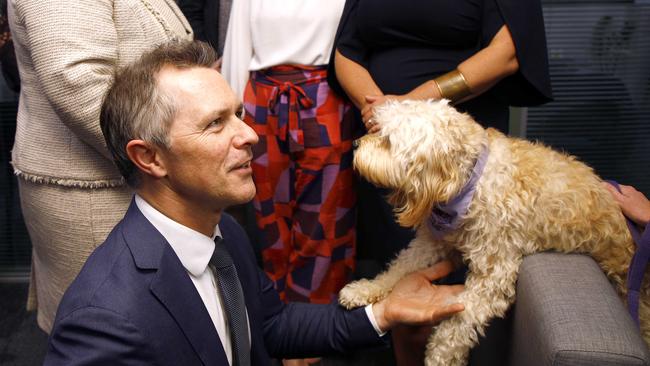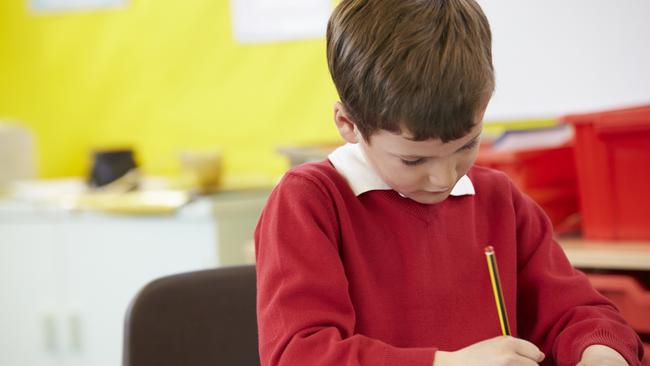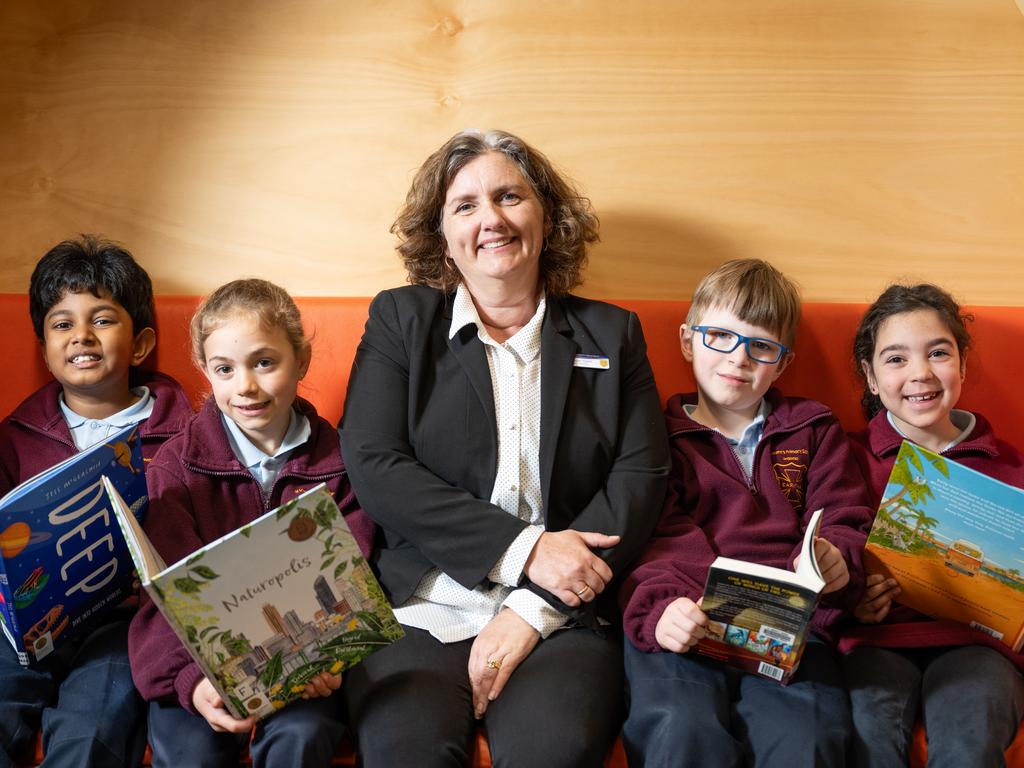$16bn for states tied to school reforms
The Albanese government has lit the fuse on a two-month countdown for states and territories to sign up to student learning and wellbeing reforms or lose $16bn in bonus funding.

The Albanese government has lit the fuse on a two-month countdown for states and territories to sign up to student learning and wellbeing reforms or lose $16bn in bonus funding.
The sign-or-suffer ultimatum from federal Education Minister Jason Clare calls the bluff of state governments, led by NSW, which are demanding he double his funding offer before they commit to strict new targets for teaching and learning.
The deadline for states and territories to sign a 10-year Better and Fairer Schools Agreement by the end of September adds to evidence that Labor is preparing for an early federal election.
The new agreement will require all public schools to test the maths and phonics-based reading ability of every year 1 student from 2028, so teachers can identify and help children who are struggling to sound out words or count.

A 10 per cent cut in the proportion of students failing minimum standards of reading, writing and mathematics in National Assessment Program, Literacy and Numeracy tests within five years tops the list of binding targets for states and territories.
The target would lift 16,600 students out of the lowest achievement level of “requiring additional support’’.
Across all NAPLAN years, the proportion of strugglers identified as requiring remedial support would need to fall from 12.9 per cent now to 11.6 per cent. The proportion of high-performing students must rise by 10 per cent.
Mr Clare will spell out the terms of his $16bn 10-year funding offer on Wednesday, when the Northern Territory becomes the first schooling system to sign up, in exchange for $738m in additional federal funding over the next five years.
The new agreement – put together after 62 meetings between education department officials – has not been signed by education ministers from NSW, Victoria, South Australia, Queensland, Tasmania or the ACT.
Western Australia is set to sign the deal within a week, in exchange for the federal government increasing its share of public school funding from 20 per cent to 22.5 per cent – the same offer made to other states. In return for the federal funds, states and territories must tackle rising dropout rates by lifting year 12 completion rates from 76.3 per cent to 83.8 per cent of students by 2030.
First Nations students must achieve the same graduation rates as non-Indigenous students, so 96 per cent of all 20-24-year-old Australians will have year 12 or an equivalent vocational certificate or apprenticeship by 2031.
The target is ambitious, as barely two-thirds of Aboriginal and Torres Strait Islander youths now hold a year 12 or equivalent qualification.
The new agreement fails to set targets for measuring and improving student wellbeing. But it requires state and territory education departments to “support wellbeing for learning and engagement; for example, in-school wellbeing co-ordinators or access to school counsellors, psychologists, mental health workers and/or youth health nurses’’.
The reform deal opens the door to ongoing federal funding increases, by abolishing legislation that caps commonwealth contributions at 20 per cent of public school running costs.
It also includes a review of the Schooling Resource Standard, the funding formula devised by business leader David Gonski a decade ago to funnel taxpayer funding to the neediest students.
The review will cover the SRS base amount – the money required to educate an average student – along with the bonus “loadings’’ for students with a disability, as well as First Nations students, children from poor or migrant families, or those living in remote and regional areas.
The agreement gives states and territories wiggle room to prioritise spending, through “flexibility to determine the appropriate level of activity in delivery of each national reform direction to reflect their individual contexts and existing efforts’’.
As a result, states will continue to have a different focus on initiatives such as catch-up tutoring, curriculum reform, evidence-based teaching and rewards for the best teachers.
However, a new public reporting dashboard will require governments to outline how much extra money is being spent on different reforms. Three priorities are agreed as equity and excellence in learning, student wellbeing and a strong and sustainable teaching workforce.
Mr Clare called on all state and territory ministers to sign the deal, or “continue with the current funding arrangements’’.
“I have made it clear the additional $16bn of funding for public schools I have put on the table will be tied to reforms,” he said.
“These are the reforms that will help kids catch up, keep up and finish school. There are no blank cheques here. I want to invest billions into our public schools and I want to make sure that money makes a difference to the kids who really need it.’’







To join the conversation, please log in. Don't have an account? Register
Join the conversation, you are commenting as Logout